While traveling the world and making art as part of my year-long life experiment, I’m talking to everyone I see doing their art.
All successful businesses are art businesses. They are run by people doing their art—something that is not work to them, that makes them lose time, that they want to be involved in every aspect of. Even if, like me and Richard Branson, they need special help remembering which is net and which is gross profit.
They have ten other things in common, too.
1. Niche market.
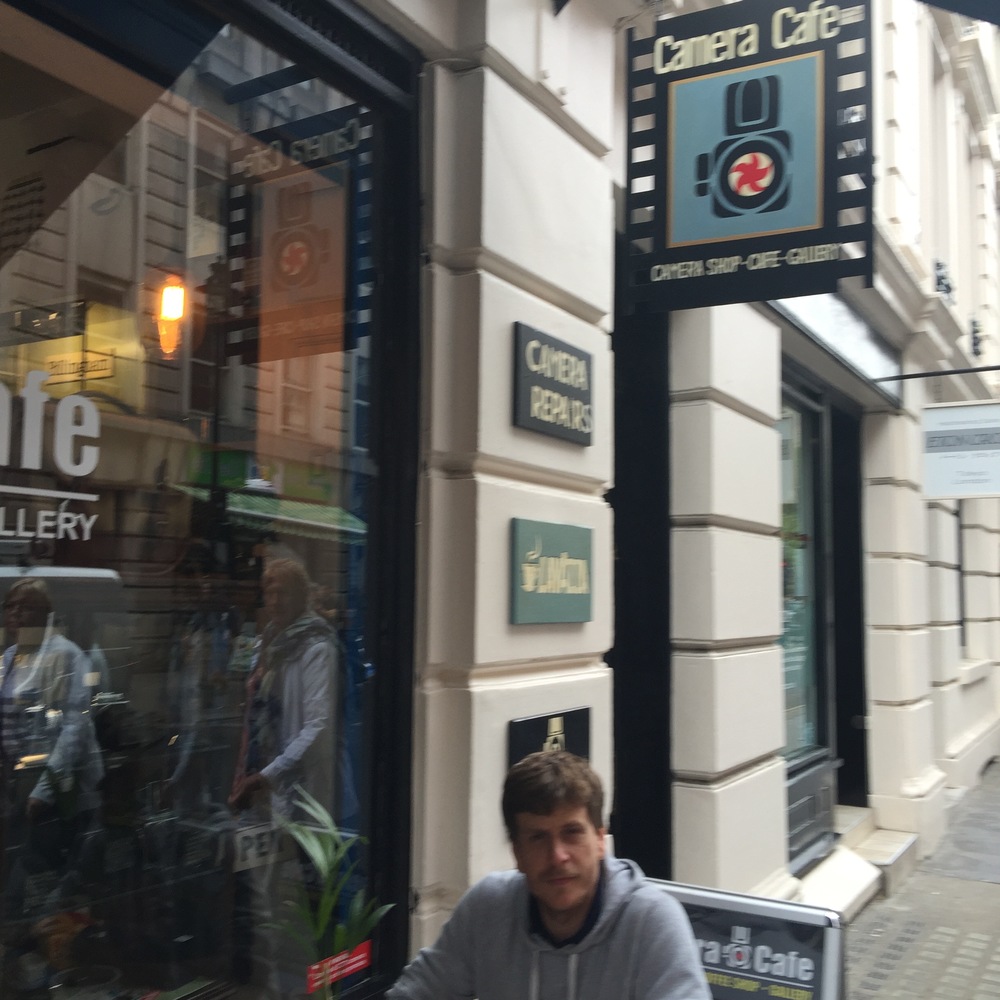
Everybody talks about this in business, and I don’t have anything new to add. You have to distinguish yourself as a business by going niche, pitching exactly what you’re about to exactly who’s interested.
Application: I want to appeal to people who love poetry, painting and peace. If you think those things are silly, you’re not in my niche market.
2. Selling an idea or experience rather than a product or service.

Application: Maybe what I’m selling initially—before the whole line of poem-stories I envision is written, illustrated, and produced—is art supplies or other stuff I can buy wholesale and resell, providing value to wholesellers by driving sales and to consumers by giving them ideas and quality customer service.
But what I’m REALLY selling is still the ideas behind the whole line. And the core idea they all have in common—the idea that we can make world peace with art.
Small decisions, personal creations and interactions, local, mundane existence—the micro adds up to the macro whether what we’re adding up is small-scale greed (the tragedy of the commons) or small-scale celebration of what’s good in ourselves and others (procedural justice).
3. Appealing to the childlike whether or not the target audience is children.
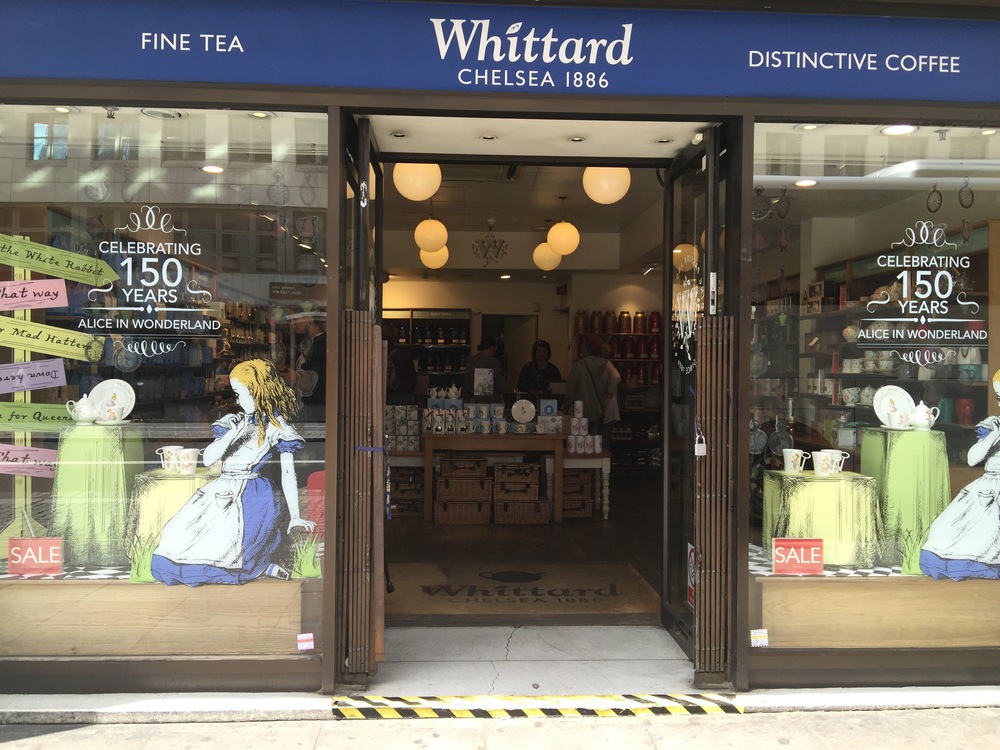
Complicated, sad things have their fans. But Meryl Streep and I have lost patience with all that.

Good news. The rest of the world, too, prefers honest simplicity and happiness to complexity and sadness. So successful businesses, especially art businesses, give it to them.
Application: Let it be simple, playful, and happy. I know the research mooring is there, I know the big ideas back it up. It’s ok if not everyone gets that or it takes me time to make the books that clarify it. I know what I’m doing is meaningful even if—especially—if it seems silly. It’s actually more likely to succeed the sillier it seems to some.
4. Offering cheap stuff.
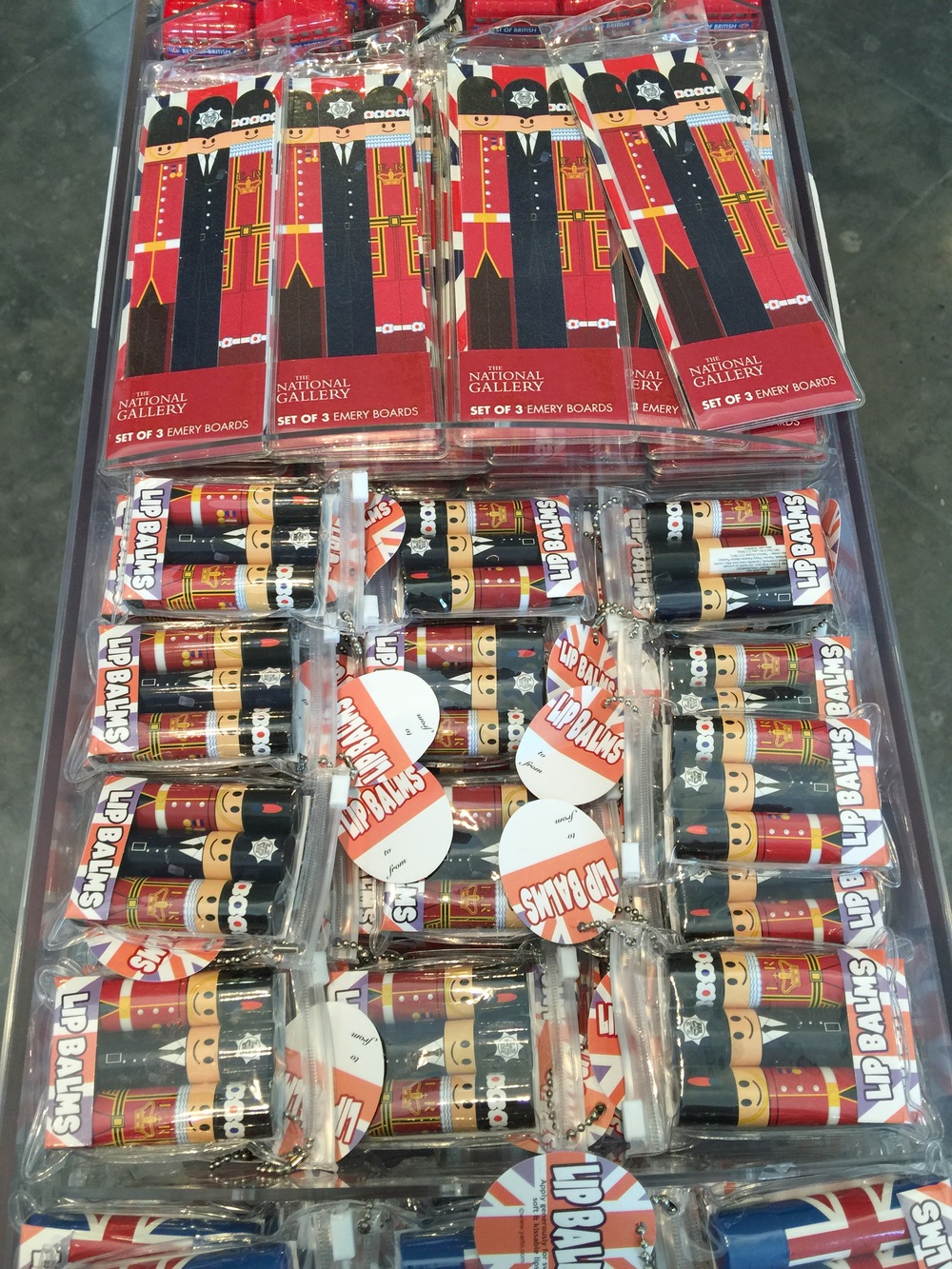
Maybe people want to buy a little bit of beauty or peace. Maybe they only want to spend $1.
Application: What I really want to do is tie in bits of affordable merchandise with books to increase both profit margin and the reach and portability of the symbols in the books. But first I should experiment with drop-shipping things with lower price points than the more immediately obvious artistic stuff I could do this with, like prints of my paintings.
5. Offering consumables even when that is not your business’s main product or attraction.
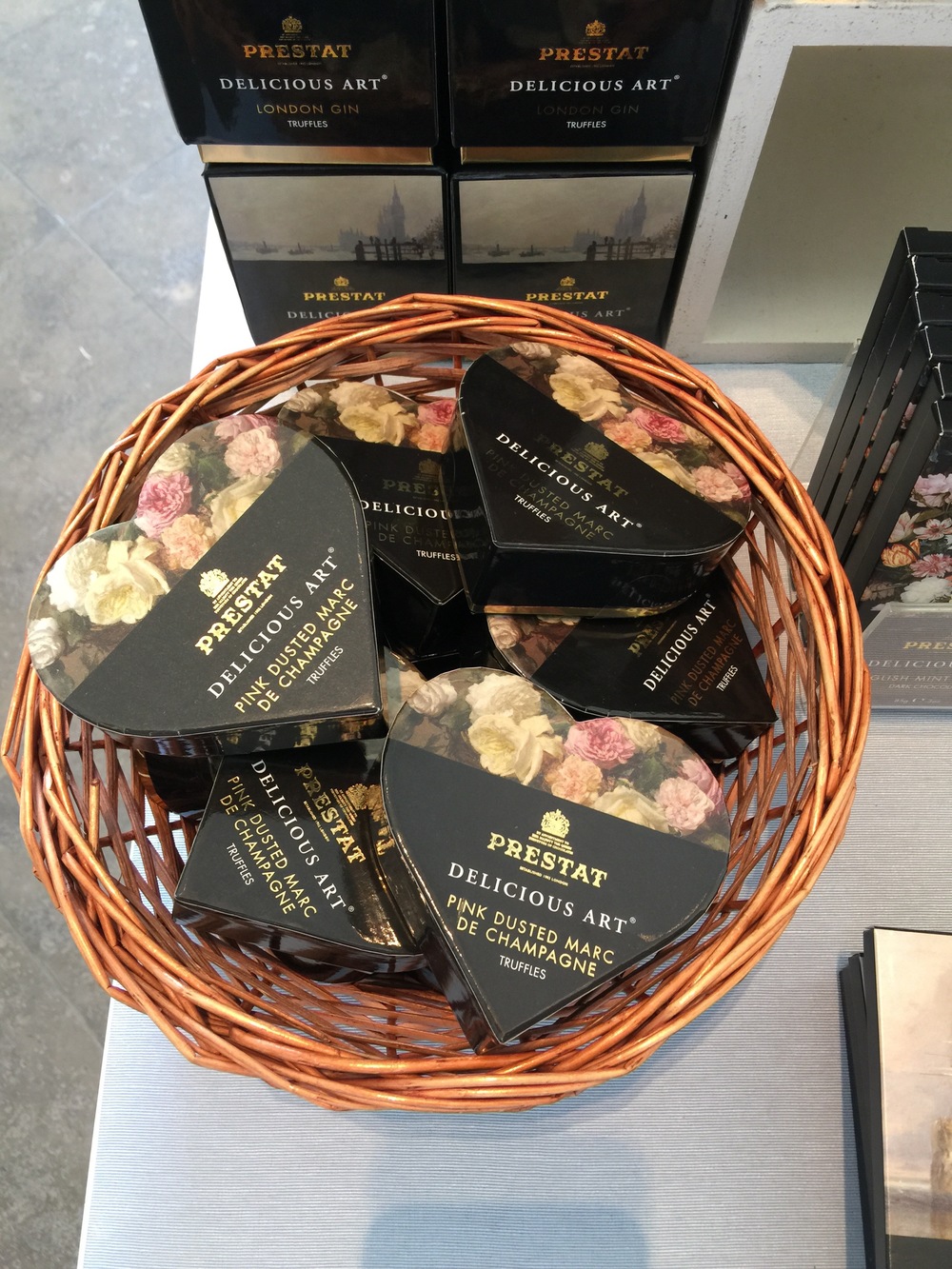
This is something all successful artsy shops with physical presence in the West offer in some form or another. It makes people happy.
Application: Since my business is entirely online for the moment—cutting overhead costs like rent and inventory on the drop-shipping model, at least until I have more capital and then might work more directly with lesser-known wholesellers to produce my own inventory in a physical space—I might need to think about how to reincarnate this commonality on the ecommerce model. That segues nicely to…
6. Personalizing the experience.
Andrew Carnegie identified the desire to feel special as one of the primary needs we all share. Businesses appeal to consumers by making them feel special. The individual’s name goes on his Starbuck’s cup.
Application: Really wanting to personalize the experience because I appreciate people who appreciate my art drove me to include a bonus painting (on paper) with every oil painting on canvas I sold last month—with a personal note written on the back. It’s hard to figure out how to do that with the drop-shipping experiment I want to run to monetize before I can even think about remaking my own little art-making sanctuary, where I might create and have inventory and do this sort of thing myself again. But I probably could work with whole-sellers to do at least something in this spirit. Most drop-shippers have invoices with their own business logos shipped with the products they’re selling. So I could try to make those invoices as artful as possible—including an image and a poem, and seeing how people respond. A free gift would be even better, if I could include one without tanking my profit margin. (Everyone loved the extra painting and note.) Maybe I could tie in the price point of purchase with the free gift offer like a lot of companies do in cosmetics, for example.
7. Limited-time offers.
Restaurants and clothing stores have seasonal offers, art galleries and museums have changing exhibits, and online stores have limited-time offers.
Application: While I build an email list of customers who are interested in the meta-idea of world peace through art—customers who might later want to buy the illustrated poem-book series I’m really excited about producing but need some time to do right, one by one—I should keep in touch with that list. Not just with my journey as an artist, like I’ve been doing with my artist newsletter. But with special offers. This is a nice thing to do for people who like my work, and also happens to be good marketing.
8. Clear calls to action.
Artists are often embarrassed to ask for money for our art. Amanda Palmer and others have written about this. But if you don’t give people a clear call to action, they have no idea how to support your work even if they wanted to. So you are doing something nice for your supporters when you give them a clear call to action. Make it easy for the client to be a client.
Application: I don’t know. Maybe, since what I really want to do is write a series of illustrated poem-stories translating cutting-edge social science to give people easy, fun ways to make the world a better place by ameliorating the worst problems in the world, I should run a crowd-funding campaign. Because what I really want is to feel secure enough financially to rent a place I can turn into an art studio for a few months someplace with low cost of living, like Greece.
But I don’t want to ask for money for nothing. This is the patron, university, arts grant model of art as gift economy rather than market economy product or service. It’s fine. It’s just not what I want to be doing right now. I want to offer properly-priced products that people buy because they give them happiness. And then do the same thing with that money. I guess I think if I find the right niche and offer value, the market will take care of the rest. So I need to work on doing this asking thing better so that, if I have the pricing right, the market takes care of the rest.
One way to do this is to work within a marketplace that makes it easy for the client to buy, like eBay or Amazon. That also cuts my transaction costs by making it so I don’t necessarily have to make another website for this experiment. Not yet, anyway.
Another way to do this is to use the fundraising skills I’ve already practiced more and better—grant-writing and academic fundraising skills. And another way is crowd-funding. Those are two good, less directly market-related options that I could be exploring instead of trying to figure out what exactly drop-shipping is and how I can do it.
At this stage—probably at any stage—one should take angel funding wherever one can get it. Except. Part of this big change for me is transitioning from being an academic (who publishes poetry and sells paintings) to being a businesswoman (whose business is translational science through art). So I need to be practicing the market skill. Because that is also a communication skill, and my art business is a communication project.
9. Beautiful art.
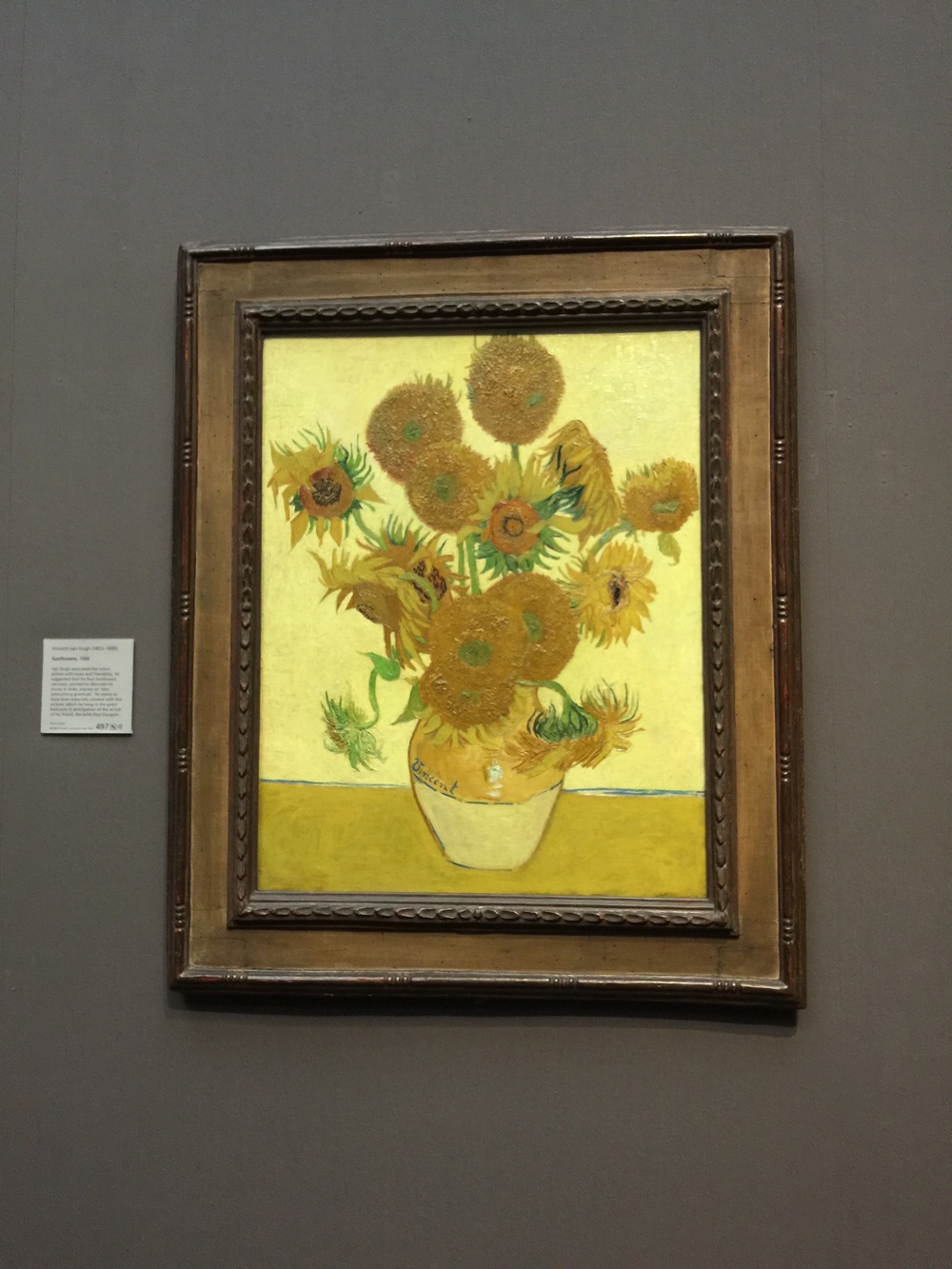
Real value. When you travel the world, one of the things you realize is that the cheap plastic crap, Starbuck’s coffee, and glossy pictures you can get everywhere in the West? It’s really nice stuff. You can’t get it everywhere. Market drivers of globalization are at least in part about real value. And that’s true in art as in everything else.
Application: We’ve already established that I only want to offer real value anyway. So all I have to do is do my work, make my art, rely on my sense of what’s true and beautiful. That works out well, since being true to myself for a living is what this experiment is all.
10. Forget selling.
I know I said something about selling the idea or experience, and making the call to action or ask crystal clear. But when you’re so excited about what you’re doing, you’re not selling anything at all—that’s when I’ve been most successful as an artist (selling paintings, busking, teaching). It’s also when I’ve been happiest to buy other people’s art.
Application: I’m not running a drop-shipping experiment anymore this week. I’m playing a market game with world peace through art supplies. And my goal is to get as many people as possible to play with me, because the ideas are good and we’re going to have a lot of fun.
So Many Other Things
Other things I know successful art businesses also have in common: Interactivity, immediate gratification, symbols, and a social component.
Other things I don’t know successful art businesses also have in common: I don’t know.
And that’s what this year is all about.